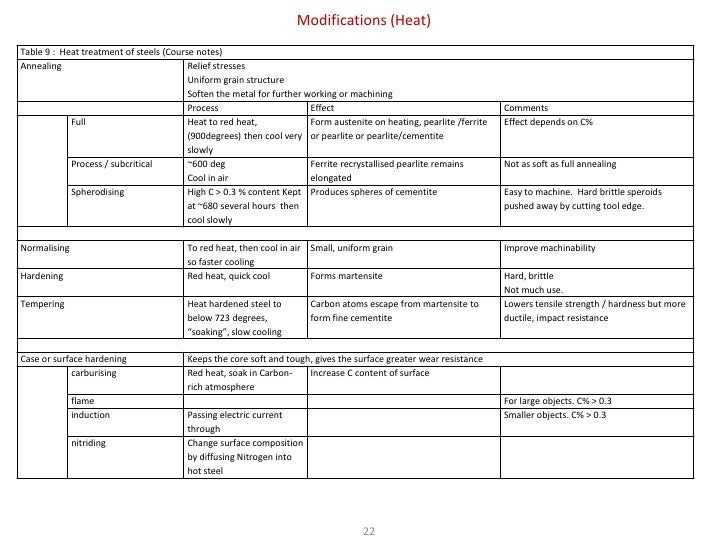
Image source: https://images.radiopaedia.org/images/2537030/305159954a420558fc9b6db7b833f2.jpg
* Complication rates are higher at 9 to 10cm dilation (33 women in a hundred) when compared with zero to 1cm dilation (17 in each one a hundred).
* Complication rates are greater in c-sections performed throughout labour (24 women in each one a hundred) than planned procedures (16 women in each one a hundred);
Thus bladder harm and disturbed urinary functionality is a familiar risk of caesarean section. However, this risk is significantly increased when the caesarean section is carried out at full dilation, as the operation is much more tricky to perform than an elective caesarean, or a caesarean performed in early labour. Statistics published by the Royal College of Obstetricians and Gynaecologists (RCOG) help this viewpoint:-
Bladder harm is attainable in any primary lower segment caesarean section. This is as a result of the nature of the operation itself. Following the opening of the abdominal wall, the peritoneum will be incised and the bladder pushed downwards, therefore exposing the uterus. The uterus is then cut and the child delivered. It is throughout this movement of the bladder when many bladder accidents occur.
Secondly, a negligence claim may arise if a bladder is damaged throughout the operation, but is not recognized at the time. This will cause a woman to have some serious complications, including blood clots, haemorrhage, sepsis and infection. It is likely secondary surgery will also be required.
The Risk of Bladder Injury During C-Section.
Can Bladder Injury Amount to Medical Negligence?
But why is there an elevated risk of bladder harm when a c-section is performed a full dilation? The reason is because in the evolved stages of labour, the child's head lies deep in the pelvis. This can make the anatomy show up distorted, making it tricky for the obstetrician to spot where, precisely, an incision should be made. If the bladder is in an abnormal position - as an occasion, high up over the uterus - then harm is much more likely to occur. In such situations, the damage motivated to the bladder would not be negligent.
However, there are times when a bladder harm sustained throughout c-section can amount to medical negligence. Firstly, if there is not an abnormal anatomy but the bladder is still cut, it will be deemed an unacceptable difficulty. For occasion, if an obstetrician simply fails to recognise the anatomy (which is not abnormal) and makes an incision through the broadly speaking situated bladder into the vagina, this will amount to medical negligence.
